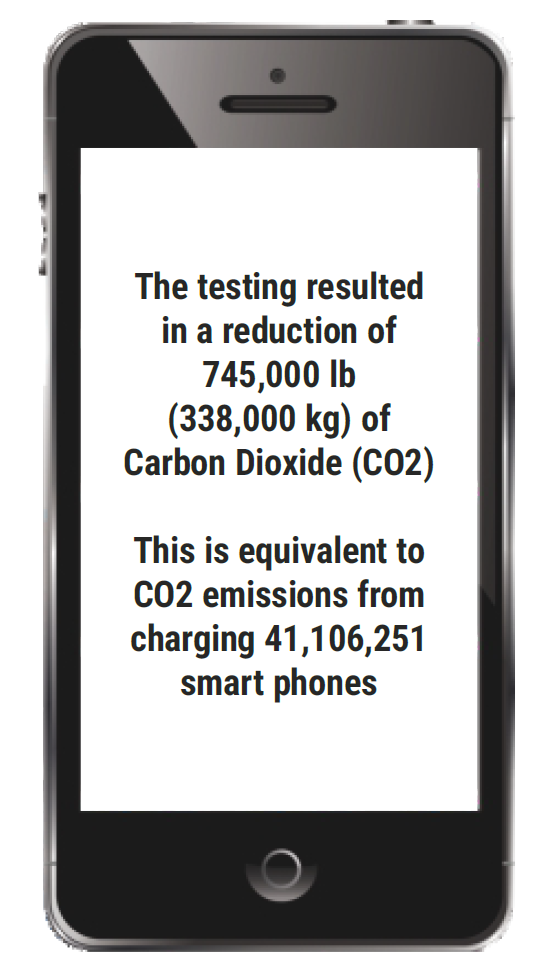Building Green is Saving Green
Author: Gerald Verbeek, Allnamics USA

In East Texas, where I lived until a few months ago, there is a car dealership that has a logo set against a green background. At the end of its commercials, the dealership shows the logo while claiming that “seeing green is saving green,” implying that buying a vehicle there will save money (referring to the color of U.S. banknotes). It is a small step to change that slogan to “building green is saving green,” as green is also the color associated with sustainability. As I wrote in this column in the previous issue of Deep Foundations magazine, Seth Pearlman, president and CEO of Menard in North America, stated during the DFI Sustainability webinar last year that in the foundation industry “sustainability really means … designs using fewer materials and resources to produce.” Obviously, using fewer materials and resources equates to lower costs, thus building green is saving green!
One way of obtaining a design that requires fewer materials is by applying additional testing, which is emphasized in the DFI webinar series IT$Money, or Increased Testing Saves Money. As part of that series, Peter Middendorp with Allnamics presented a case study in February 2020 titled “Pile Testing for Efficient Foundation Design.” This case study covered the Sonate Adagio building in The Hague, the Netherlands, where the original design called for 102 screwed pipe piles with a 30 in (762 mm) diameter and a wall thickness of 0.5 in (12 mm). To demonstrate the feasibility of the design, it was decided to install a fullsize pile to confirm the suggested installation process, and three piles reduced in size to confirm the pile capacity through rapid load testing. The outcome of the load testing, which took fewer than two working days, allowed the total number of piles to be reduced to 92 from 102, and the length of each pile to be reduced by 10 ft (3 m). The overall pile length reduction of 668 m (2,191 ft) is equivalent to a reduction of 364 cu yd (278 m3) in concrete volume and 350,000 lb (159,000 kg) of steel, and in his presentation Middendorp highlighted the reduction in the overall project cost as a result of the load testing. In other words: IT$ Money — Increased Testing Saves Money. But the testing also resulted in a reduction of some 745,000 lb (338,000 kg) in CO2 emissions. Taken together the additional load testing resulted in an optimized design that was more sustainable and more cost effective. In other words: building green is saving green.

